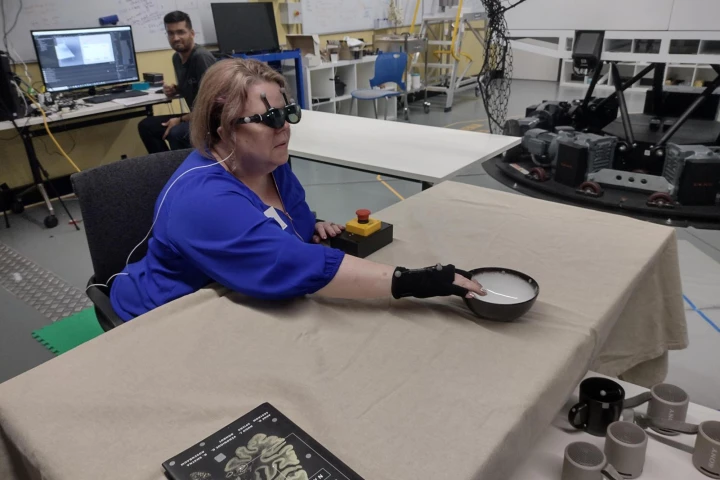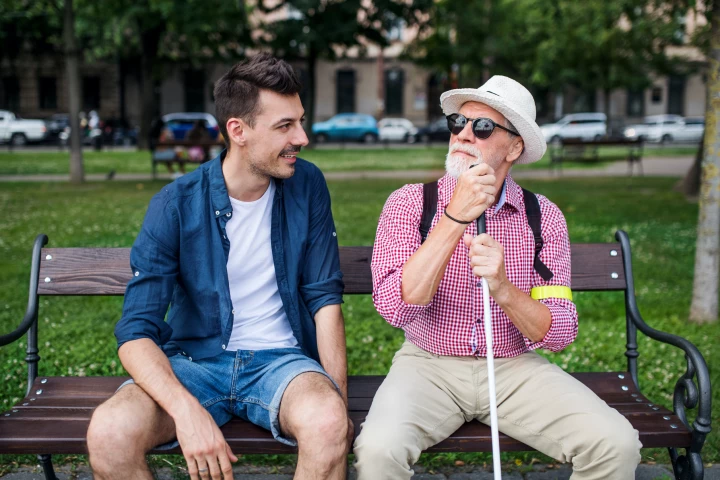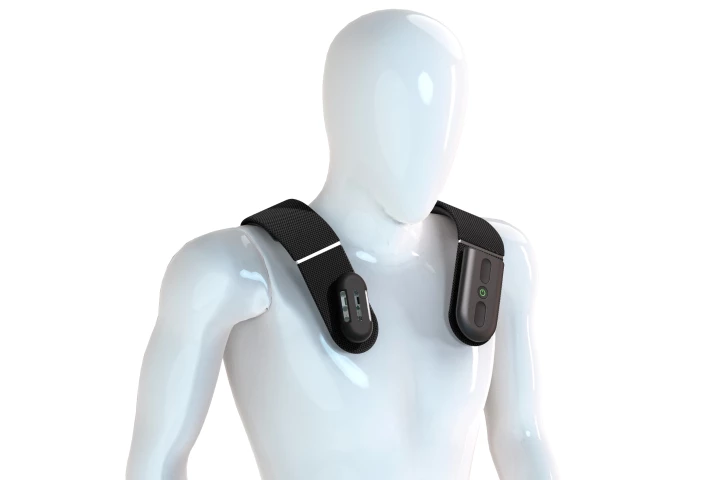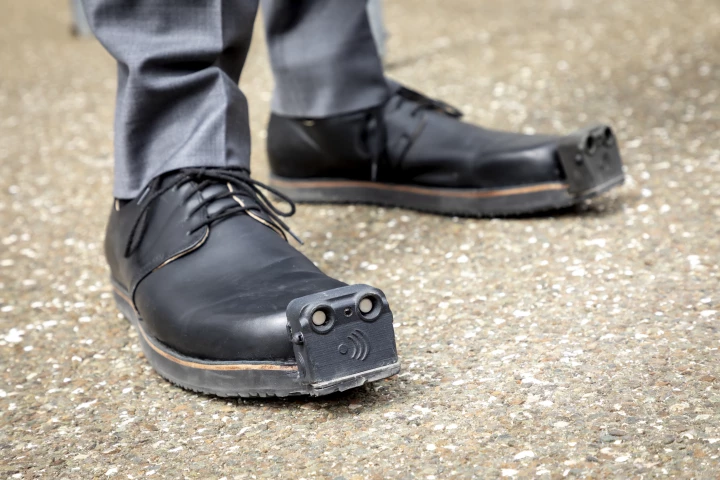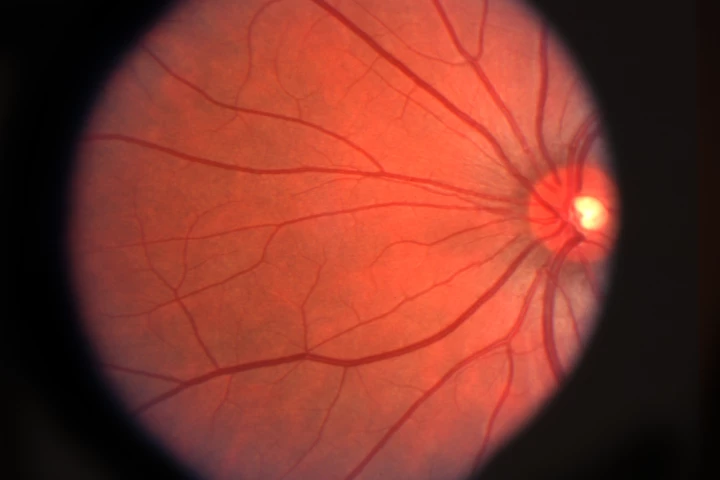Blind
-
The traditional white cane may never become completely obsolete, but there certainly are a number of devices that could give it a run for its money. One of the latest is the GUIDi, which guides blind users via cameras and buzzers on a belt.
-
Inspired by bats’ use of echolocation, researchers have developed smart glasses that transform visual information into unique sound representations that enhance the ability of blind and vision-impaired people to navigate their surroundings.
-
Blind people using white canes are limited in how fast they can walk, as they have to wait for their cane to hit obstacles before going around them. The NextGuide cane is different, in that it steers users around obstacles that they've yet to reach.
-
Sony has paired with QD Laser to create a retinal projection camera kit. By bypassing the outer layers of the eyes, the kit allows those who would otherwise have difficulty doing so see and capture the world around them.
-
Entering passcodes on smartphones can be difficult for the blind, as they can't see the screen, nor can they tell if someone else is peeking at it. The OneButtonPIN app is designed to help, by utilizing vibrations instead of visuals.
-
There's a belief that when someone loses one ability, another improves correspondingly. New research bears this out – in one scenario, at least – as it indicates that blind people remember spoken information better than their sighted counterparts.
-
Self-driving cars already utilize cameras to avoid collisions with other vehicles or pedestrians. Well, the biped wearable device applies that same principle to guiding the blind as they walk along city streets.
-
Manufactured by Austrian startup Tec-Innovation, the InnoMake shoe uses ultrasound sensors to warn blind users of obstacles in their path. The footwear may soon become even more capable, though, thanks to integrated cameras.
-
Autonomous vehicles and robots navigate with sensors and cameras – but visually-impaired people still get by with canes and guide dogs. Now, engineers have developed a wearable AI system that tracks obstacles and describes a person’s surroundings.
-
Spanish researchers have created a new potential treatment for age-related macular degeneration, which is currently untreatable – a biohybrid artificial retina, made of silk and loaded with new human cells that can integrate and repair the damage.
-
In some forms of blindness, certain parts of the eye still work but damage to light-sensitive cells disrupts vision. Now, researchers have used gene therapy to bypass damaged cells and restore partial vision to mice that were completely blind.
-
A technology under development at Loughborough University offers up an interesting new possibility when it comes to mobility aids for the visually impaired, by channeling the functions of a guide dog into a robotic device you can hold in your hand.
Load More

